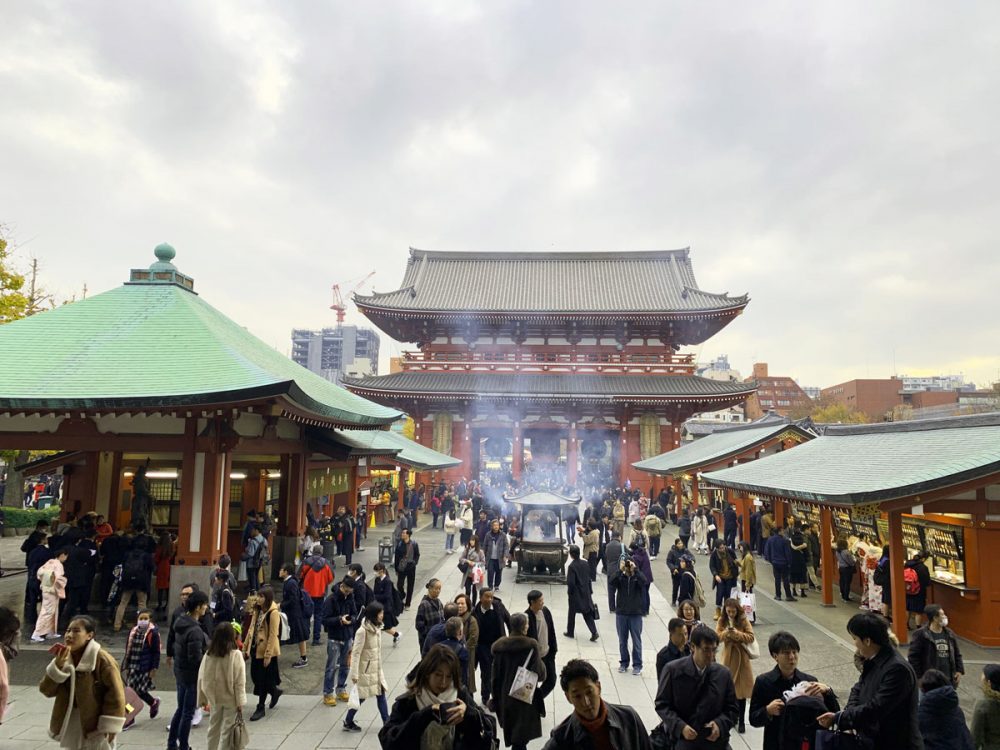Nakamise dori is the road in Asakusa that leads to the Sensoji temple. This shopping street is one of the oldest centers for shopping in Japan, and is very popular for buying souvenirs. Since shogun Tokugawa Ieyasu established the shogunate in Edo, the population grew fast. The number of visitors to the Sensoji Temple rose with it, and Nakamise started to cater to all these visitors. What is the history of this traditional street?



The Early Days in Edo
In 1688 – 1735, the temple’s neighbors welcomed and served visitors to the Sensoji Temple. Because of this help, they received the special right to open their shops in the approach to the temple. This was said to be the beginning of Nakamise. In the Edo period, the 20 tea houses located between the Dempoin and Niousan-side were called Yakudana. The shops located near the Kaminari-mon that sold toys, sweets, snacks, and souvenirs on the other hand were called Hiramise.
The number of shops increased, and it became one of the best-ordered temple towns in Japan. During the political change of the Meiji Restoration, lands that belonged to temples were taken by the new government. At this time, Sensoji’s land came under the control of the Tokyo metropolitan government.
The government made five parks and made laws for the parks that made it impossible for the Nakamise merchants to do business. In May 1885, the Tokyo metropolitan government ordered the Nakamise merchants to leave. Then in December, the Nakamise was rebuilt in western-style brick stores. It was at that time that modern Nakamise was born.
After the Modernization
The redbrick Nakamise with the atmosphere of the Meiji Era’s culture was destroyed by the Great Earthquake of 1923. In 1925, it was rebuilt in the Momoyama-style using concrete. This gave Nakamise a vermilion-lacquered appearance that made the shopping center very beautiful. Although all its interiors were destroyed again in WW2, the local people of Nakamise worked very hard to rebuilt it after the war.
In Fall 1985, the electric signboards and paving stones were renewed and various events were held to celebrate the 100th anniversary of its founding.
In April 1992, under the advice of Prof. Ikuo Hirayama, Tokyo Art University, pictures of Asakusa scenes were painted on all the front shutters of Nakamise, making it a very colorful area even after the shops close at nightfall. The beauty of the integrated electrical signs and the seasonal decorations against the stone pavement plus the variety of products and the original design of the market delights international and local visitors.
When visiting Asakusa, you cannot miss visiting the iconic Nakamise market.
Your Japan Tour
As seasoned Japan experts, we create perfect Japan package tours including destinations like Nakamise. Check out our group tours and private tours, or contact us to start planning your unforgettable holiday to this fascinating country full of once-in-a-lifetime experiences, culture, history, nature, and delicious food!